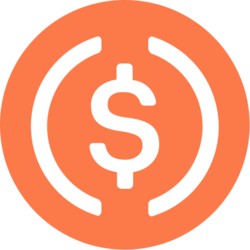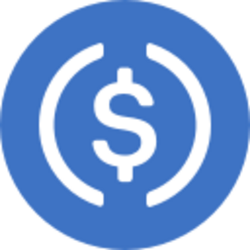
The trickle down from the Fed’s benchmark interest rate appears most obvious in credit cards, although by the numbers it’s a very slight change.
The average rate for credit card balances had been steadily increasing since the Fed began raising rates in 2022 until it finally crested just below 21% last fall, according to Bankrate. Since then, rates have nudged downward and have been hovering around 20.1% for the first half of 2025.
Auto loans have also seen very little movement in the first half of 2025, and 30-year fixed rate mortgages, whose rates are more closely tied to the yield on 10-year Treasurys, have hovered between 6.6% and 7.1% after hitting a low near 6% last fall, according to Freddie Mac.
‘No guarantee’ of lower borrowing costs
President Donald Trump has argued that maintaining a federal funds rate that is too high makes it harder for businesses and consumers to borrow, essentially pumping the brakes on economic growth and the housing market.
Still, “there is no guarantee” that a rate cut would translate into lower borrowing costs for most Americans, according to Brett House, an economics professor at Columbia Business School.
Some variable-rate loans, like credit cards, have a direct connection to the Fed’s benchmark, while others, like mortgage rates, are more closely pegged to Treasury yields and the U.S. economy, he said. “It is entirely likely that cuts to the fed funds rate in the face of increasing inflation would push mortgage rates up, not down.”
Subscribe to CNBC on YouTube.












































